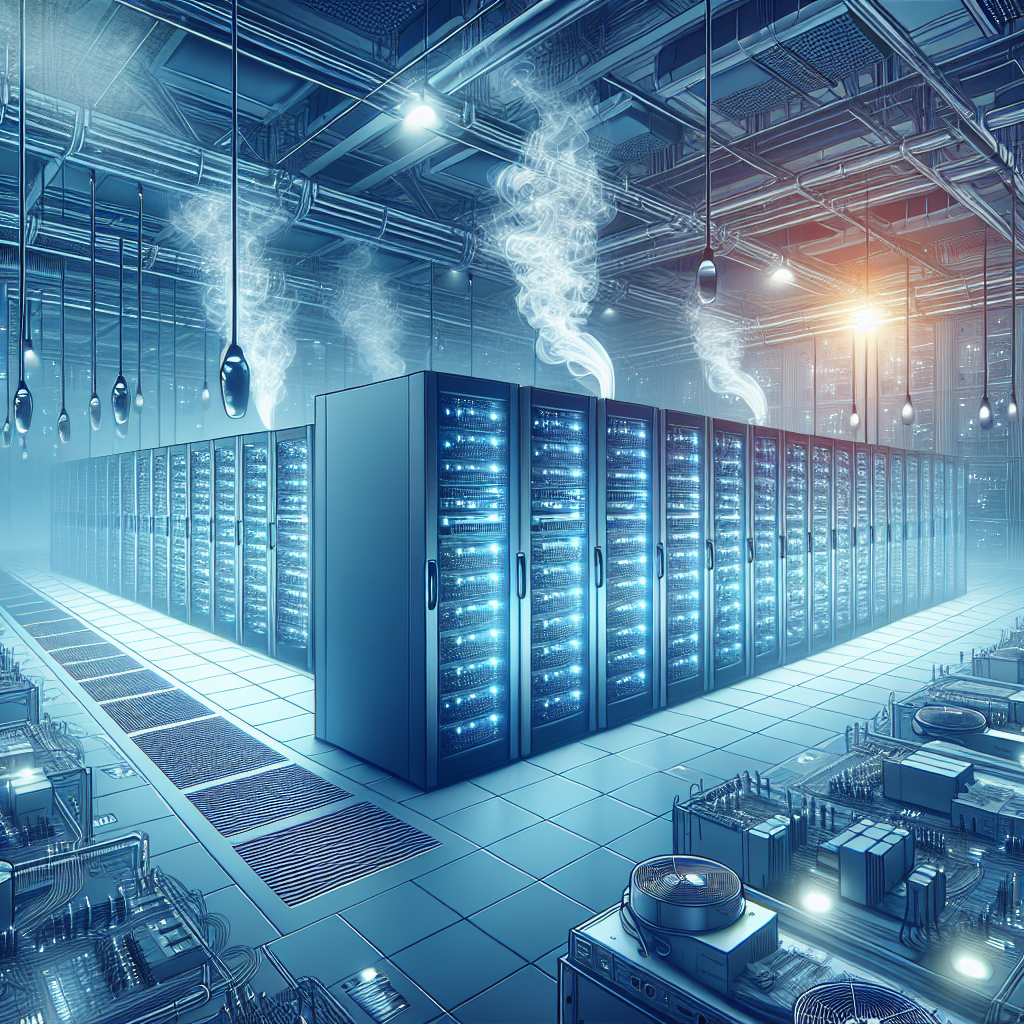Overcoming Common Data Center Cooling Issues
Data center cooling is a critical aspect of maintaining the reliability and performance of a data center. Without proper cooling, servers and other hardware can overheat, leading to downtime, hardware failures, and potentially data loss. However, many data centers struggle with common cooling issues that can impact their efficiency and effectiveness. In this article, we will discuss some of the most common data center cooling issues and provide tips on how to overcome them.
One of the most common data center cooling issues is inadequate airflow. Poor airflow can lead to hot spots in the data center, where temperatures are higher than recommended levels. This can cause servers to overheat and fail, leading to costly downtime. To overcome inadequate airflow, data center managers should ensure that air vents are not blocked, that server racks are properly spaced to allow for adequate airflow, and that CRAC units are properly maintained and functioning efficiently.
Another common cooling issue in data centers is overcooling. While it may seem counterintuitive, overcooling can actually be a problem in data centers, as it can lead to wasted energy and increased cooling costs. To overcome overcooling, data center managers should regularly monitor and adjust cooling settings to ensure that temperatures are kept within recommended levels without overcooling the data center.
Humidity control is another important aspect of data center cooling that is often overlooked. High humidity levels can lead to condensation on server hardware, which can cause corrosion and hardware failures. On the other hand, low humidity levels can lead to static electricity buildup, which can damage sensitive electronic components. To overcome humidity control issues, data center managers should monitor humidity levels regularly and adjust cooling settings as needed to maintain optimal humidity levels.
Lastly, data center managers should also consider the location and layout of their data center when addressing cooling issues. Data centers located in hot climates may require additional cooling capacity, while data centers with poor airflow due to cramped layouts may need to reconfigure their server racks to improve airflow. By considering the unique characteristics of their data center, managers can implement targeted solutions to address cooling issues and improve the overall efficiency and effectiveness of their data center cooling systems.
In conclusion, data center cooling is a critical aspect of maintaining the reliability and performance of a data center. By addressing common cooling issues such as inadequate airflow, overcooling, humidity control, and layout considerations, data center managers can ensure that their data center remains cool and efficient, reducing the risk of downtime and hardware failures. By implementing targeted solutions to overcome these common cooling issues, data center managers can improve the overall reliability and performance of their data center cooling systems.


